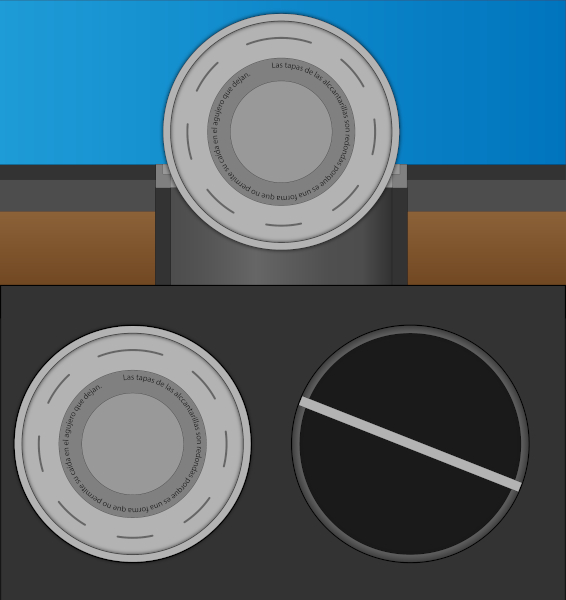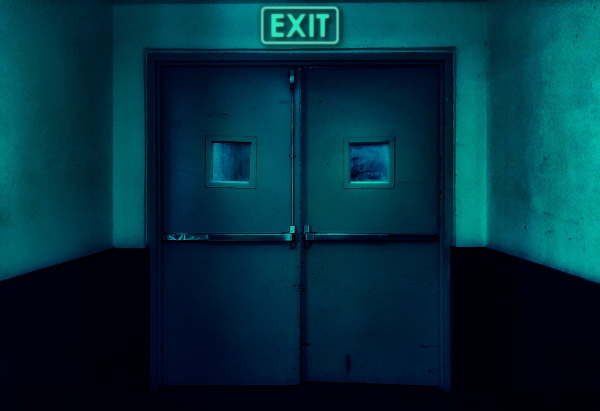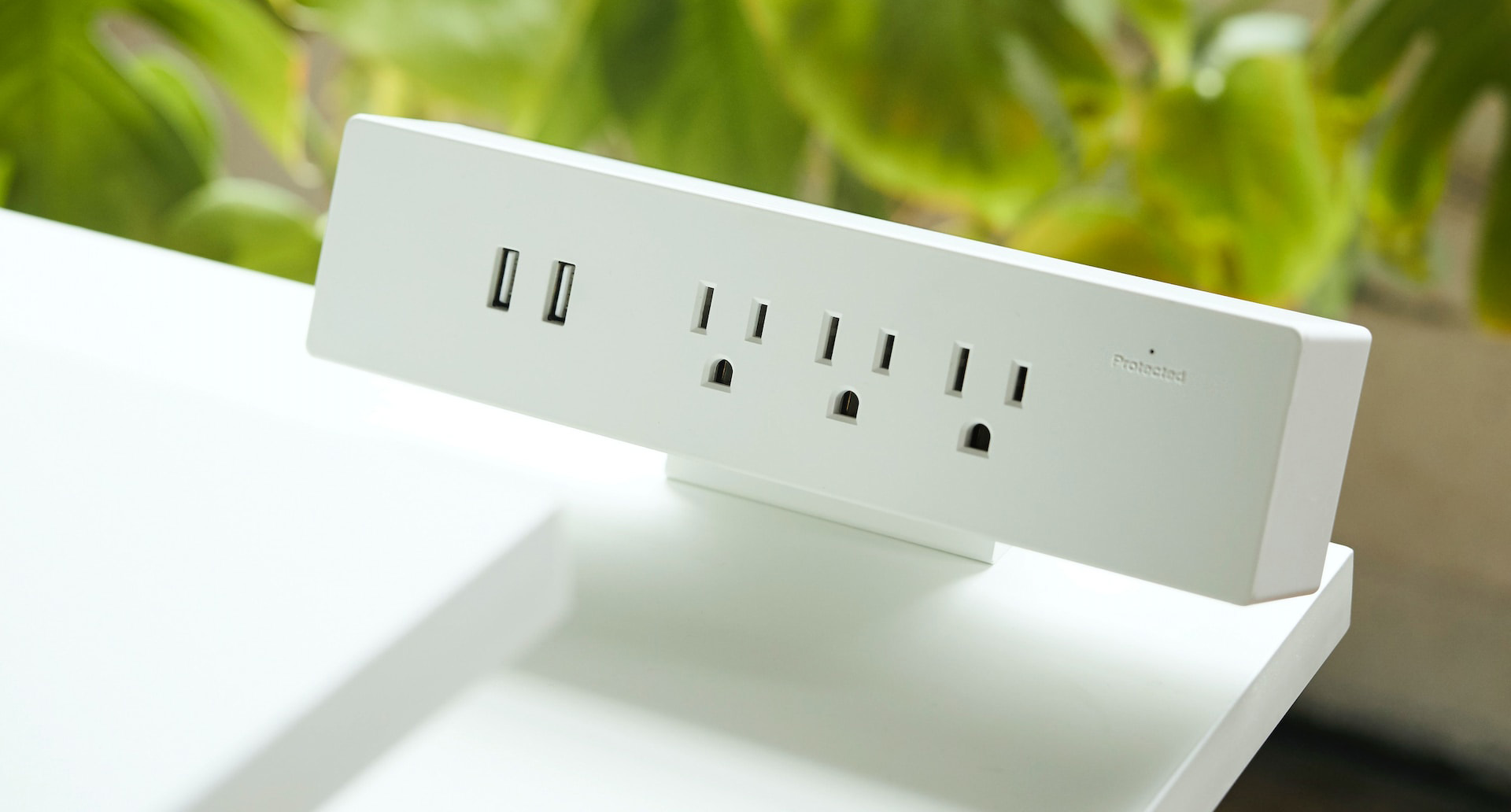
Why manhole covers are round, and other designs to combat misuse
07 of November of 2023
You may have noticed that manhole covers take the shape of a circle in cities around the world; these disks cover the entrances to the underground and enclose safety instructions for their use in that shape. The lid is round so that it can’t fall through the hole left open when it is removed. As with this cover, we are constantly surrounded by engineering solutions that prevent inappropriate use of facilities.
From persuasive design to the mistake-proofing of poka-yoke, the shape of an object can play an important role in its safety and functionality. When designing anything, it’s important to consider the shape of the object and how that may affect its use. This is a good way to help prevent accidents and injuries, as well as making an object or a space more user-friendly.
Manhole covers have to be round (though Reuleaux triangles are also acceptable)
Manhole covers haven’t always been round. In fact, even today you can see vestiges of bygone eras when the circular shape had not yet reached some intersection, or the shallow depth of the ditch has left the occasional rectangular design behind. However, almost all of them have changed, and the main reason is safety and reliability.

The circular perimeter (see image of cut-away view and bird’s eye view) not only prevents the lid from falling accidentally when the sewer is being closed – something that technicians who don’t have to go back down after it will appreciate quite a lot – but it also prevents accidental falls on technicians who are working underground. But these aren’t the only advantages of round caps.
The circular shape best distributes the stresses caused by the weight of vehicles on the street – this is also the reason why pressure pipes have a cylindrical area and not another shape. It prevents breakages when a garbage truck or a bus passes over. The circle, resting on a circumference, allows the stresses to stay as low as possible at all times. With other shapes like a square or rectangular, the stress is concentrated at the edges, leading to easier breakage of the material.
But this isn’t the only shape of interest for manhole covers and other services. The Reuleaux triangle (above, rolling) is a three-sided figure that follows an interesting mathematical property: the curves that form its edges are curves of constant width. This means that the distance between two opposite parallel tangent lines is the same, or in other words, it can be enclosed between two parallels, allowing it to roll and keep the distance between parallels constant. It also does not fall through the hole it makes, such as when lifted as a manhole cover.
Emergency doors: from the bar to the opening direction
Another piece of engineering designed for safety is the emergency exit door, which has two key elements: the opening bar and the direction of exit. This type of door is designed so that anyone, regardless of their level of knowledge in ORP, can use it. Moreover, they work in panic situations and with a large crowd of people.

When you push on the bar on its surface (in some cases, a bar located a few centimeters from it), the door opens in the direction of the exit. It’s possible to use it while holding objects, even when carrying a partner and walking backward, as with the rescue drag maneuver if you have to move a person intoxicated by smoke and get them out of the building.
In addition, this type of door has a third safety element: a closure system based on a spring or vacuum system. This system prevents the door from staying open. In case of fire, it acts as a firewall and prevents the passage of combustible oxygen.
Anti-avalanche fences and anti-fall lifts: fail-safe engineering
There are also examples of engineering designs that are ready in case everything goes wrong…so that nothing will happen. Designs for disaster, as is the case of automatic brakes in elevators when they lose electrical power. They are activated precisely when everything else fails.

Crowd fences are similar: they are set up at mass events such as concerts. Their shape uses the mass and weight of the attendees to prevent frontal rollover, keeping people safe. In fact, the more people and the more massive the event, the more weight there will be on the platform, thus the safer it will be in case of overturning.
Persuasive design, even in crowds of people
Sometimes, interacting with a physical object is not even needed for a space’s design to determine its function or way of behaving. It’s just enough to be there. A very simple example is putting up one fence parallel to the direction of the sidewalk and right in the middle; this makes people intuitively form two lanes, both with the fence on their left and no one having to explain the direction of traffic.
Sometimes, even just some paint on the floor is enough to get crowds to move in a certain direction. Light signage also works, as IKEA has been doing in its stores for years, or using forks where one of the two paths contains more striking elements (Disneyland). This is known as persuasive design and can be used to prevent failures.
Poka-yoke engineering, designed even for those who don’t know how to use it
There is only one right way to use these plugs; any other attempts to use it will prove fruitless. This is technology designed to make misuse impossible.

The quality technique called poka-yoke, from Japanese, entails a form of engineering that makes it literally impossible to misuse practically anything. The classic example is the USB-A, which only fits into the slot one way and cannot be plugged in the other way. There are others, too.
In the urban field, there are bike lanes protected by a separation from the road and narrow accesses that make it literally impossible to drive into them with a car, even with clueless drivers. A similar idea is implemented at escalator entrances to make it impossible to get on them with strollers, shopping carts, or wheelchairs; this way, they have to use the elevator.
The elevator itself has simplified its set of buttons since operators realized that users pressed all the buttons, regardless of whether they wanted to go down or up, disabling the elevator algorithm. Now, it’s more common to see a single button to call the elevator, making human error impossible.
Manhole covers are round because any other design would be less useful, more dangerous, less durable, and more complicated to use. Engineering needs to learn how to come up with fail-safe designs both to maximize safety and to avoid long-term costs.




There are no comments yet